Medevac, or medical evacuation, of wounded soldiers from the battlefield using air medical transport is a technique that the United States uses frequently today. These emergency medical flights have saved thousands of lives during the past 100 years. In today’s article, Dr. Will Dabbs looks at the history of the medevac through his unique perspective as both a physician and a former United States Army aviator.
French aviation pioneer Isidore Auguste Marie Louis Paulhan got his start building model airplanes around the turn of the 20th century. After joining the French military as a balloon pilot, Paulhan won a regional competition with one of his unique model designs. In 1909 he taught himself to fly in a plane he built himself.
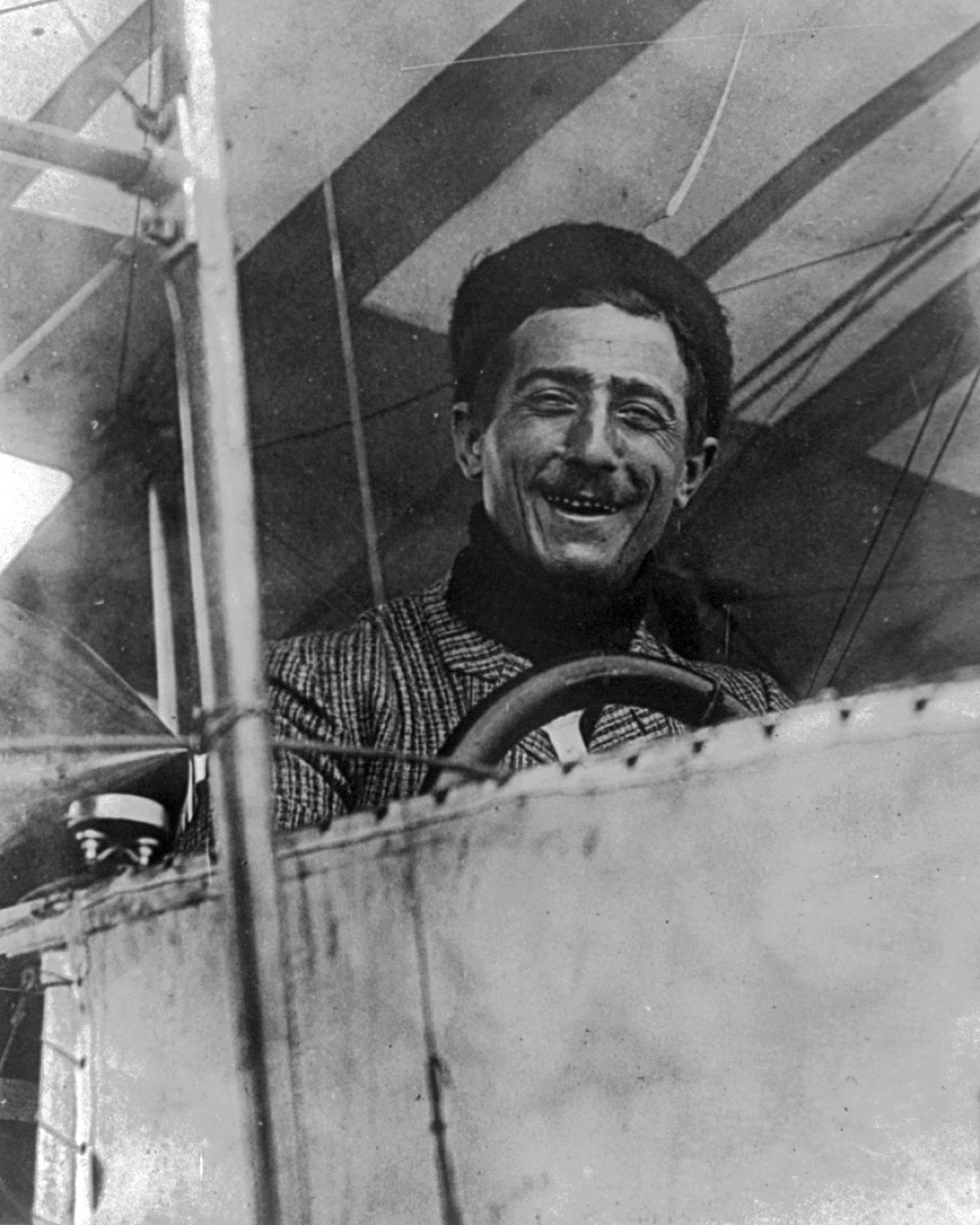
His was French pilot’s license number 10. The first 10 were issued in a single batch, and the numbers were assigned alphabetically. After setting multiple aerial records and touring North America as an exhibition aviator, Paulhan found himself back in France in time to face the Germans when World War I broke out in 1914.
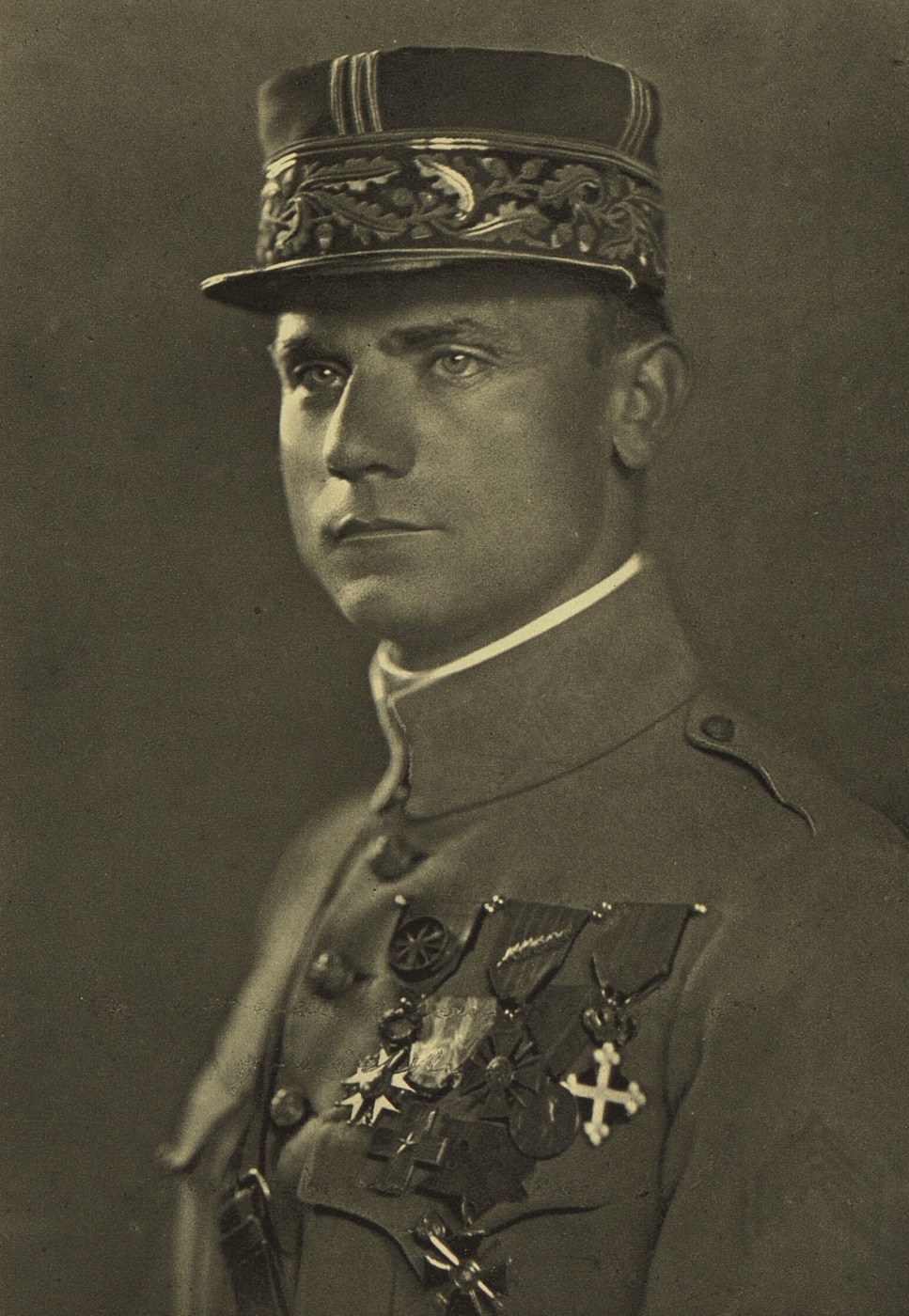
Milan Rastislav Štefánik was a Slovak polymath and an experienced diplomat, politician and astronomer. Like Paulhan, he was also one of the world’s first pilots. Despite having been born in Austria-Hungary, he eventually served as both a general in the French Army as well as the Minister of War for Czechoslovakia. While flying MFS-54 aircraft for France during World War I, he was credited with some 30 combat missions over enemy territory. In the Fall of 1915 while serving in the war zone, Štefánik became gravely ill. Trapped as he was in the austere vile world of the western front, this pioneering aviator was quite near death.
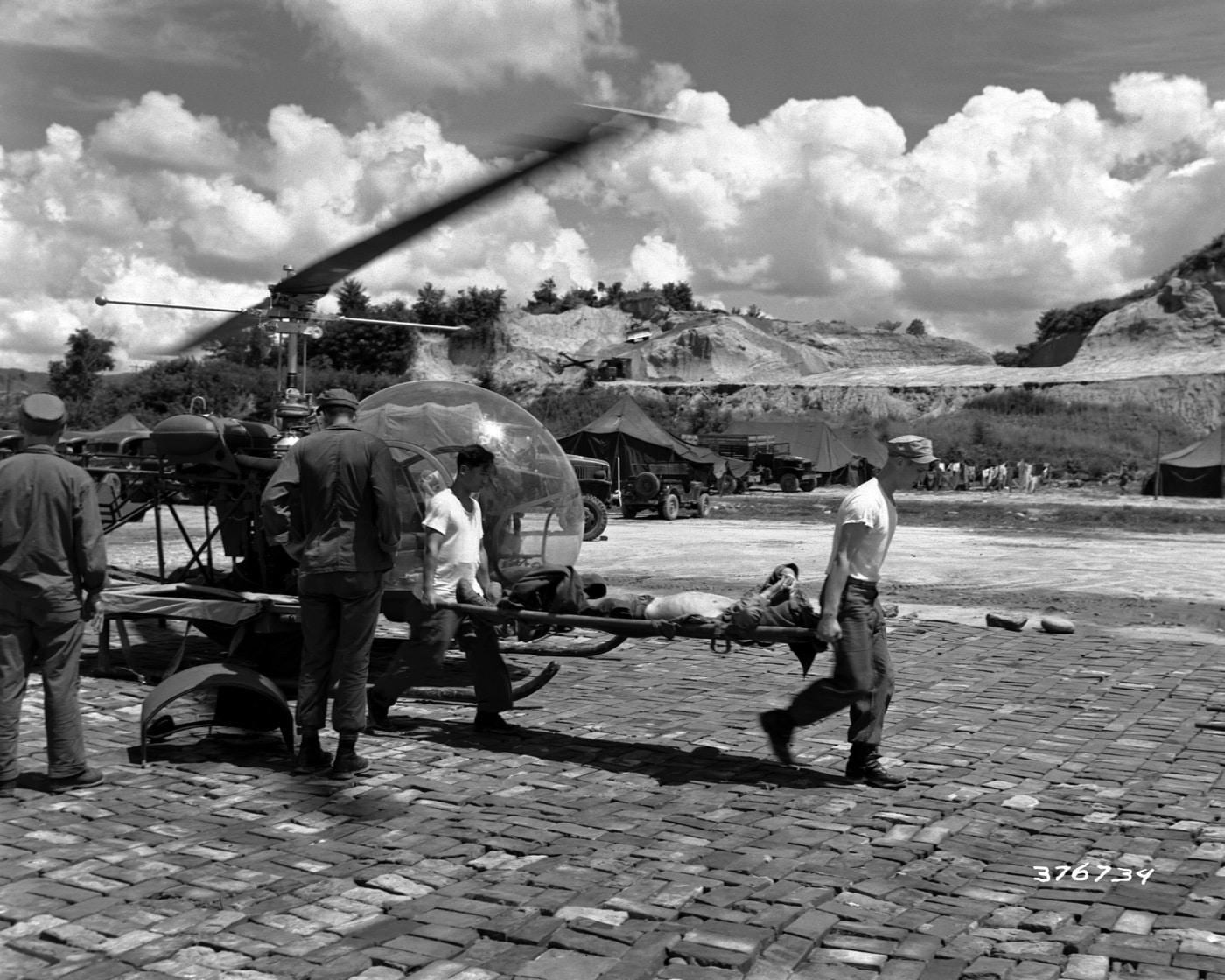
Štefánik’s comrade Louis Paulhan found out about the man’s dire situation and volunteered to attempt to fly him to safety. Loading the sick man up in his Maurice Farman airplane, Paulhan successfully flew Štefánik to the rear and safety, likely saving his life. This emergency mission to ferry an ill soldier to proper health care facilities represented the world’s first aerial military medical evacuation. With it, the entire world shifted just a little bit.
Medevac Flights — Origins of Dustoff
Second Lieutenant Carter Harman was one of the Army Air Corps’ first five rotary-wing pilots. He trained on the YR-4B helicopter at the Sikorsky plant during World War II. The YR-4B was a fragile spindly thing that cruised at a positively glacial 65 miles per hour. When Murphy Hladovack’s Stinson L-1 Vigilant was shot down over Japanese-held Burma whilst carrying three wounded British soldiers, Harman was tasked to attempt a rescue.
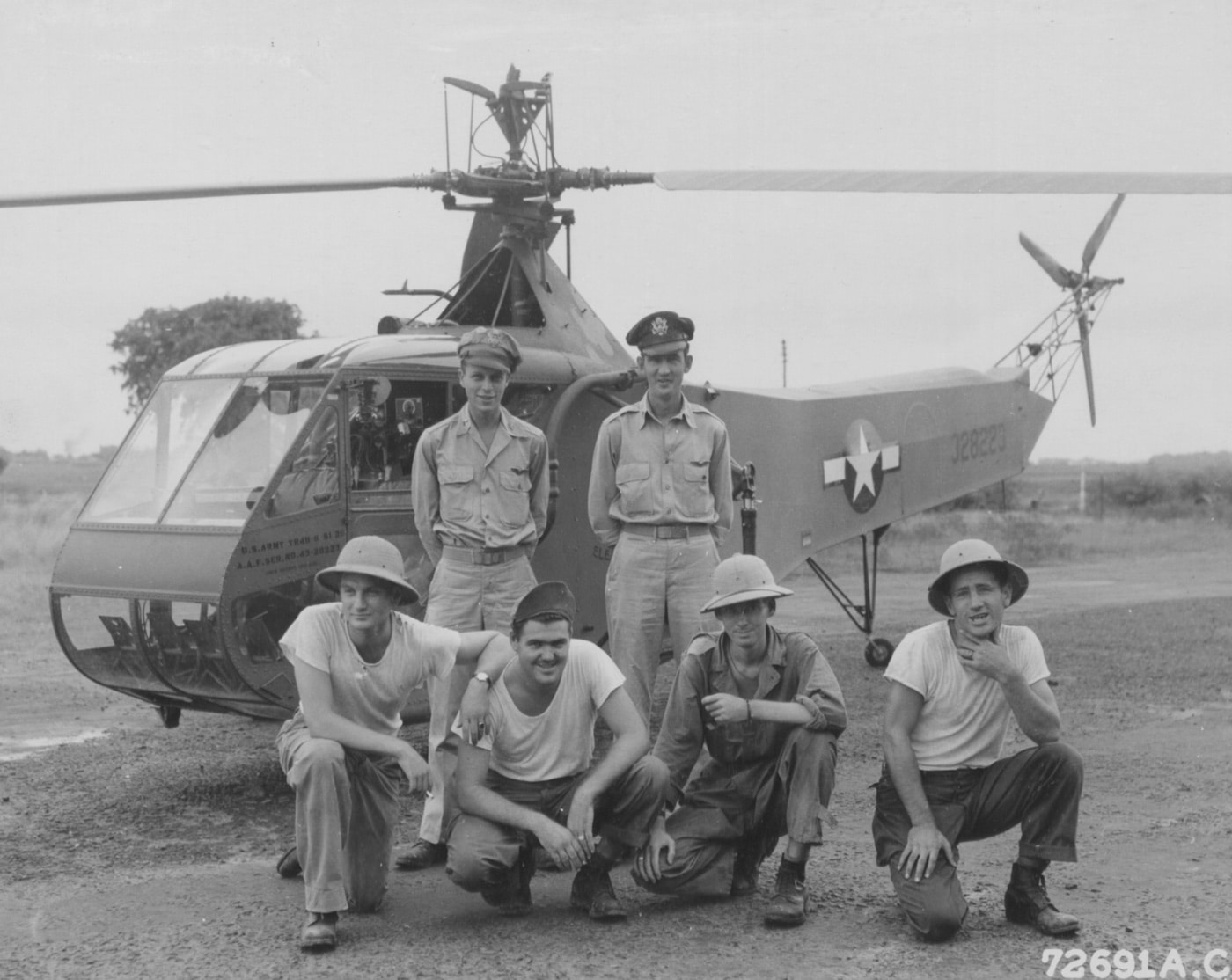
The YR-4B was really a rubbish aircraft. Of the four machines in Harman’s unit, only one was airworthy. Regardless, 2nd. Lt. Harman stripped the fragile aircraft of everything he could and pointed his nose in the direction of the Japanese.
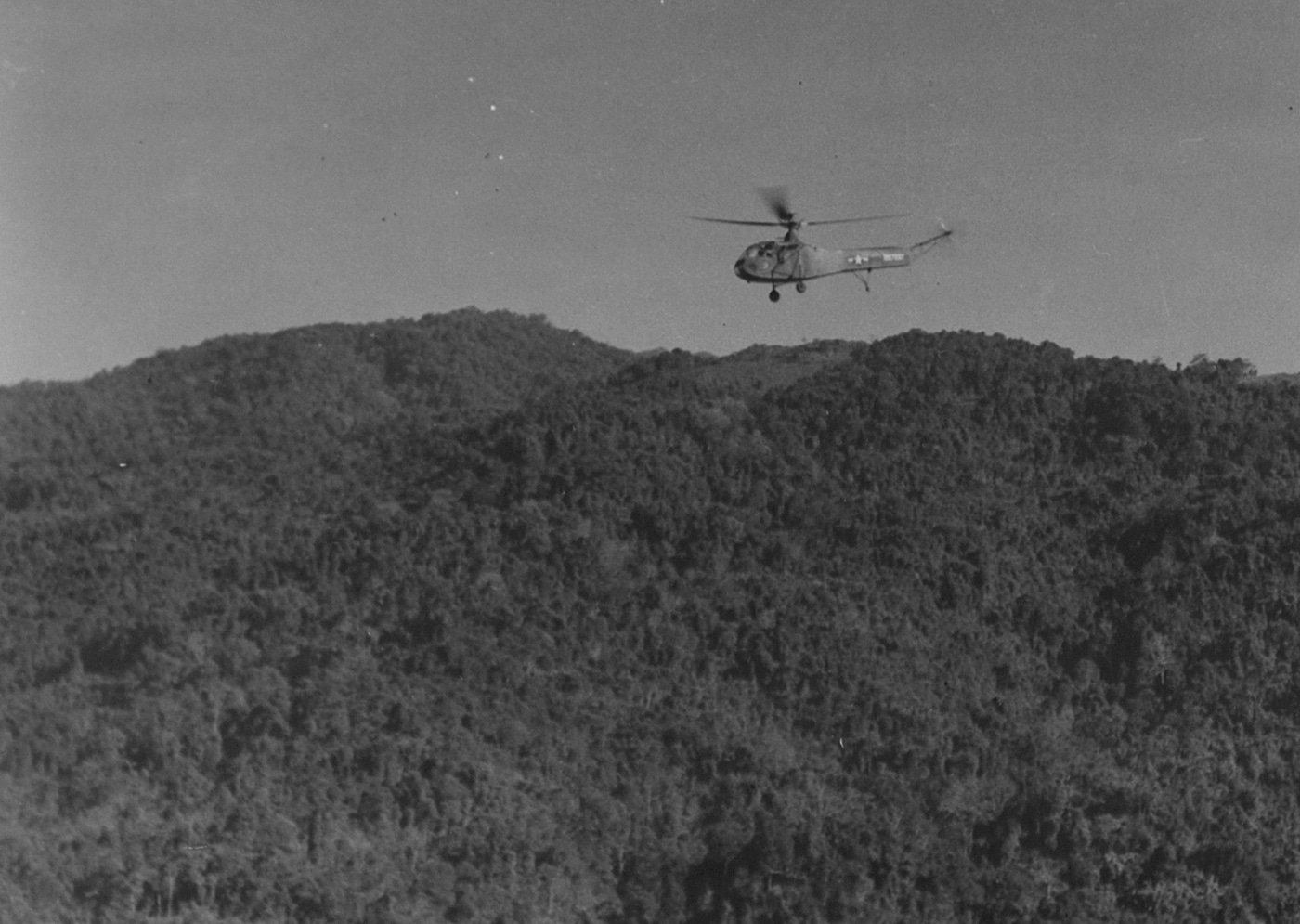
There was only enough space and payload aboard the pathetic little helicopter to carry one injured soldier at a time. As a result, 2nd Lt. Harman flew each casualty individually to a handy sandbar for crass-loading onto a little L-5 light observation plane for the rest of the trek back to proper medical facilities.
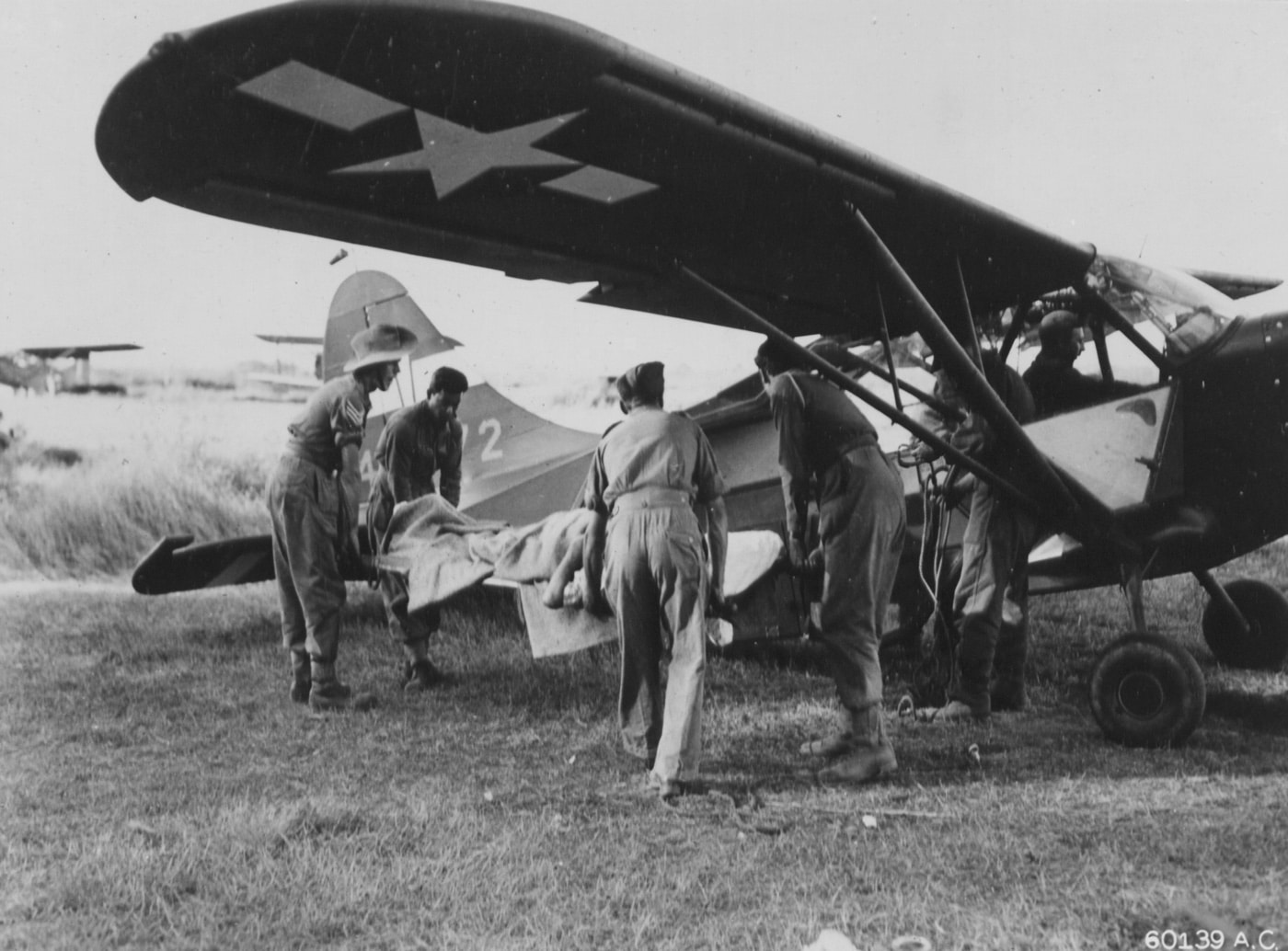
It took him two full days to retrieve all four Allied soldiers. However, 2nd Lt. Harman’s arduous jungle mission was the first successful medical evacuation by helicopter of wounded troops in a combat zone. That mission sparked a sea change in medical management of battlefield casualties that eventually spilled over into the civilian world as well.
The Lifesaving Golden Hour
The human machine is hardwired from the factory to live. When faced with a potentially lethal insult, homo sapiens will fight with every fiber of our being to keep body and soul together. In the face of truly life-threatening trauma, we generally start to run out of steam after about an hour. The capacity to get an injured soldier to definitive medical care within that golden hour is often literally what separates life from death.
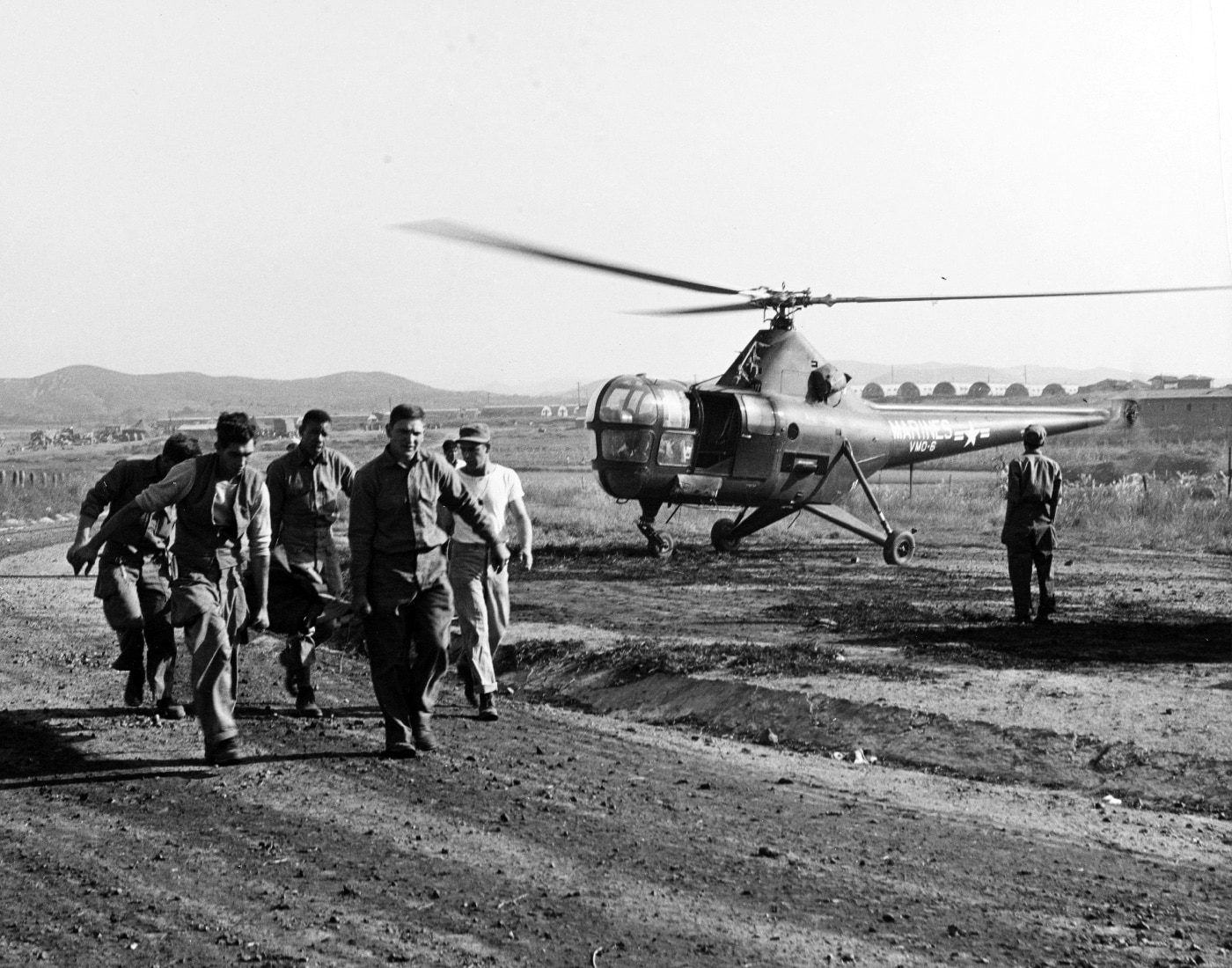
Uncle Sam got truly serious about aeromedical evacuation during the Korean War. We’ve all seen the TV show M*A*S*H. Bell H-13 and Sikorsky H-5 aircraft pioneered the rapid evacuation of wounded Allied troops from the battlefield. By the time we waded into Vietnam, the UH-1 Huey had come online and we were starting to get good at medevac.
Medevac Services by the Numbers
A total of 42% of those troops wounded during the American Revolutionary succumbed to their wounds. During the Civil War, that number became one in three. It dropped to one in five during WWI, but then rose again to around one in three during WWII due to advances in killing technology. In Korea, three quarters of our wounded survived. That got slightly better in Vietnam. It was there that aeromedical evacuation first began to be called “Dustoff”.
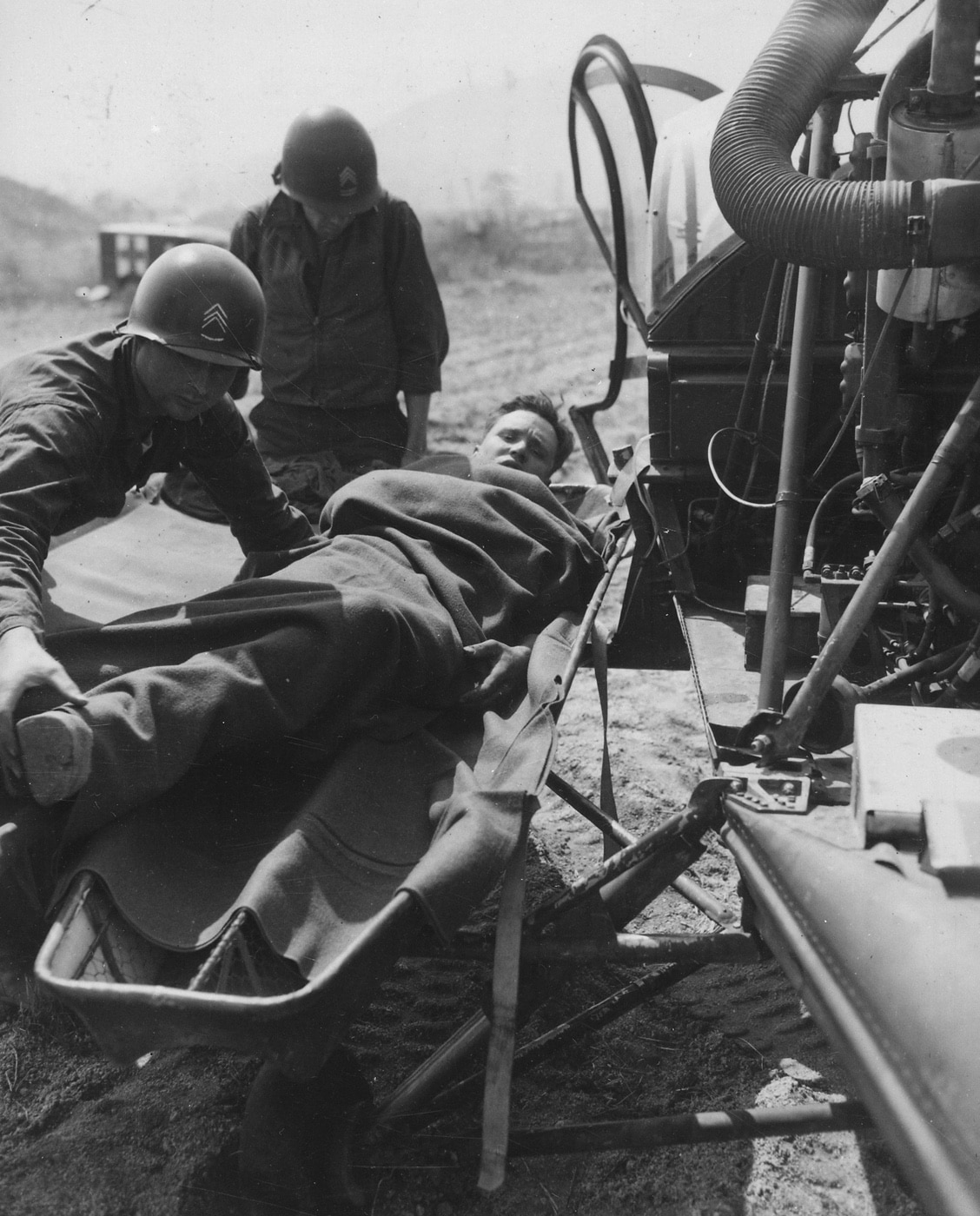
By the time we were fighting in the Middle East, we had raised medevac to an art form. During the Global War on Terror, an average of 68% of all battlefield casualties were physically in a hospital within 60 minutes of being injured. That brought our survival rates up to 92% despite the use of some of the most lethal weapons ever contrived by man. 92% represents the best overall casualty survival rate in the history of armed conflict.
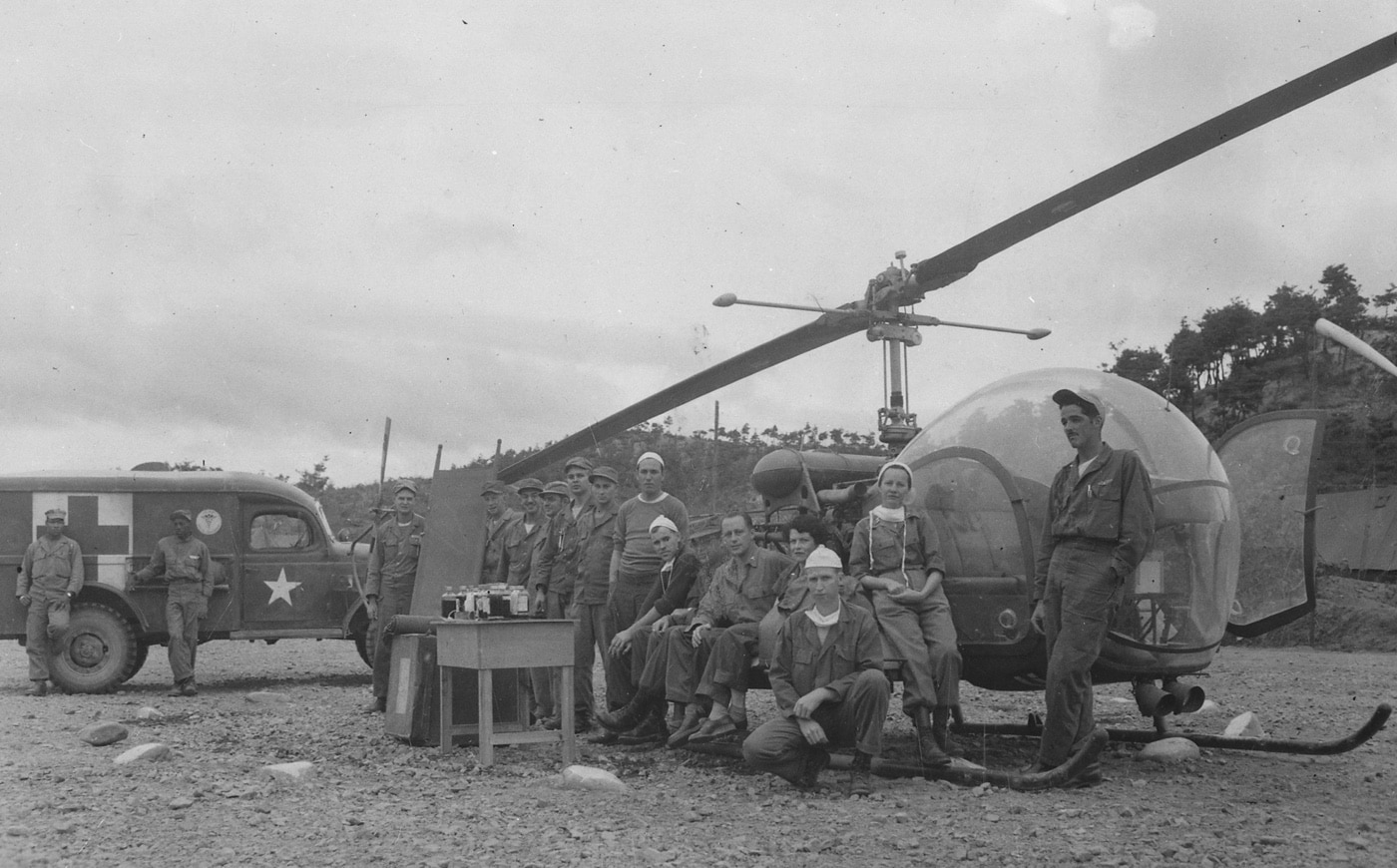
Part of that amazing success is indeed simply time. However, another critical piece involves pushing medical support as far forward as possible. All soldiers are taught basic combat medical skills and buddy aid. Trained medics are integral components of modern American combat units. Additionally, dedicated medevac aircraft carry medical personnel onboard who are capable of placing chest tubes, establishing artificial airways, running emergent IV fluids, and arresting hemorrhage in-flight while enroute to the most advanced mobile medical facilities ever devised.
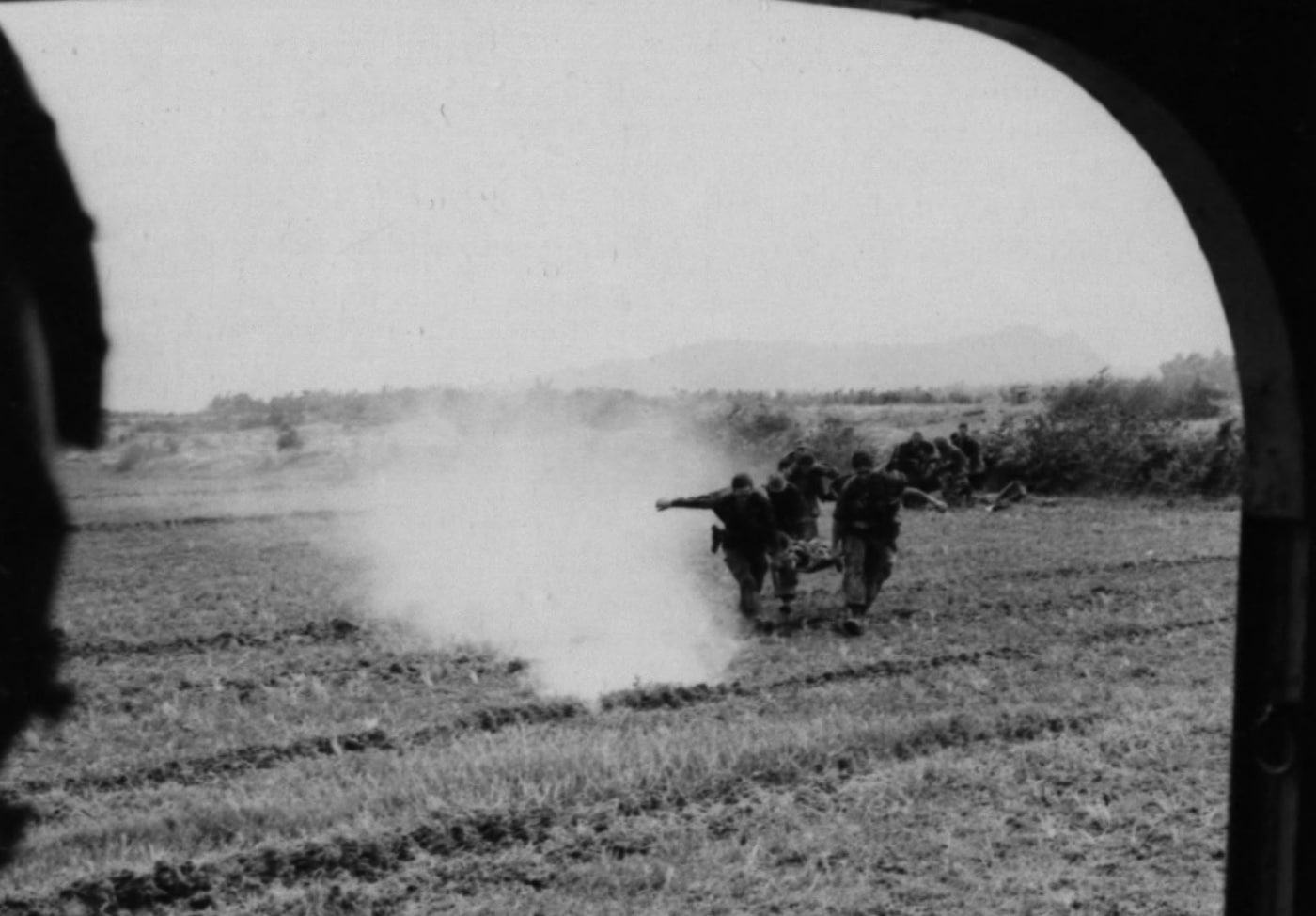
Military Air Ambulances
UH-60 Blackhawks, CH-47 Chinooks, and CV-22 Ospreys can all be configured as combat medical evacuation platforms. However, in my experience it is the Blackhawk that does the lion’s share of Dustoff missions in the combat zone these days. The UH-60 is fast, nimble and sufficiently capable to move as far forward as other combat aircraft while retaining a solid capability to get back intact.
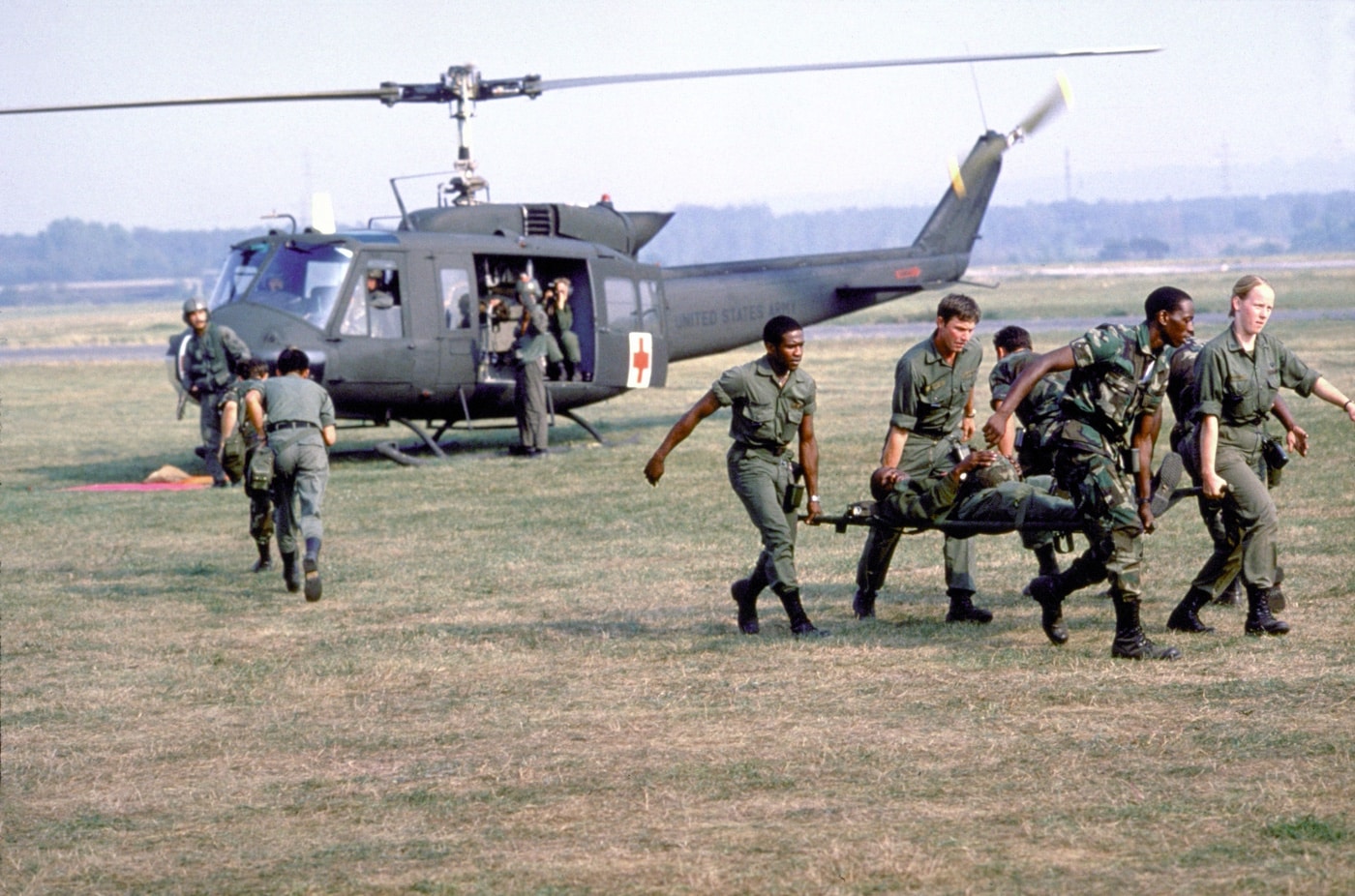
Once patients are stabilized, the U.S. Air Force uses C-130 Hercules and C-17 Globemaster aircraft as well as KC-135’s and C-21 Lear jets to move injured troops to definitive care in Europe, the U.S. and elsewhere. Certain large U.S.A.F. jet cargo aircraft can be configured with physicians, nurses, and extensive medical support equipment to ensure patients have access to the care they need while enroute to a proper medical facility.
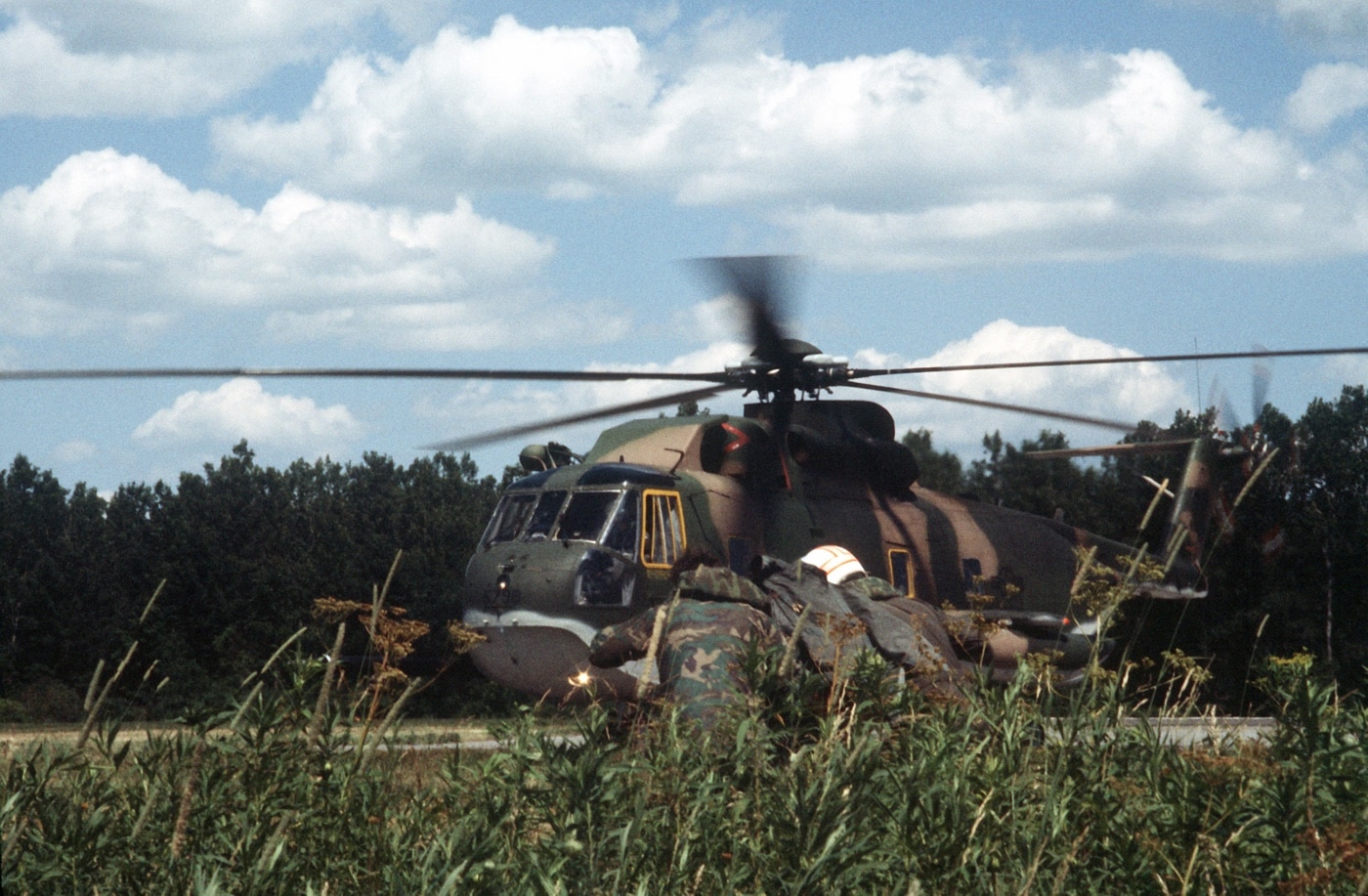
Medical Evacuation — Final Thoughts
The tactics and lessons learned from military aeromedical evacuation have shaped civilian air operations as well. Nowadays, every hospital of any size in America operates a dedicated medical evacuation helicopter capable of taking critically-ill patients to a higher level of care as needed in a timely fashion.
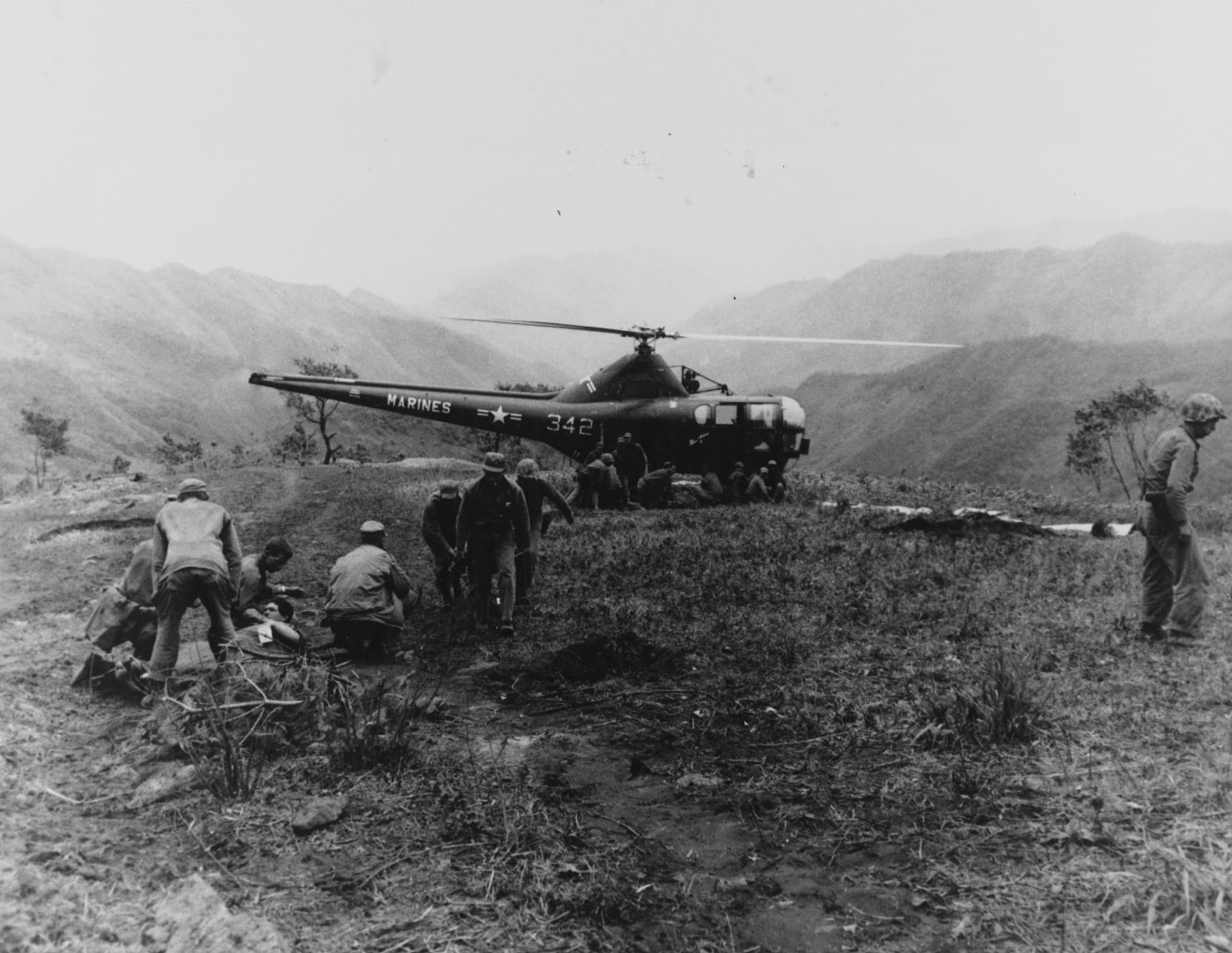
Whether it is a bone-crushing IED, a catastrophic gunshot wound, a vicious motor vehicle crash or some other dire medical emergency, Life Flight/Dustoff will be there to get the casualties to the proper facility for lifesaving treatment. All in all, it’s a good time to live in the 21st century. We’ve indeed come a long ways from Isidore Auguste Marie Louis Paulhan and his rickety Maurice Farman biplane.
Editor’s Note: Please be sure to check out The Armory Life Forum, where you can comment about our daily articles, as well as just talk guns and gear. Click the “Go To Forum Thread” link below to jump in!
Join the Discussion
Read the full article here

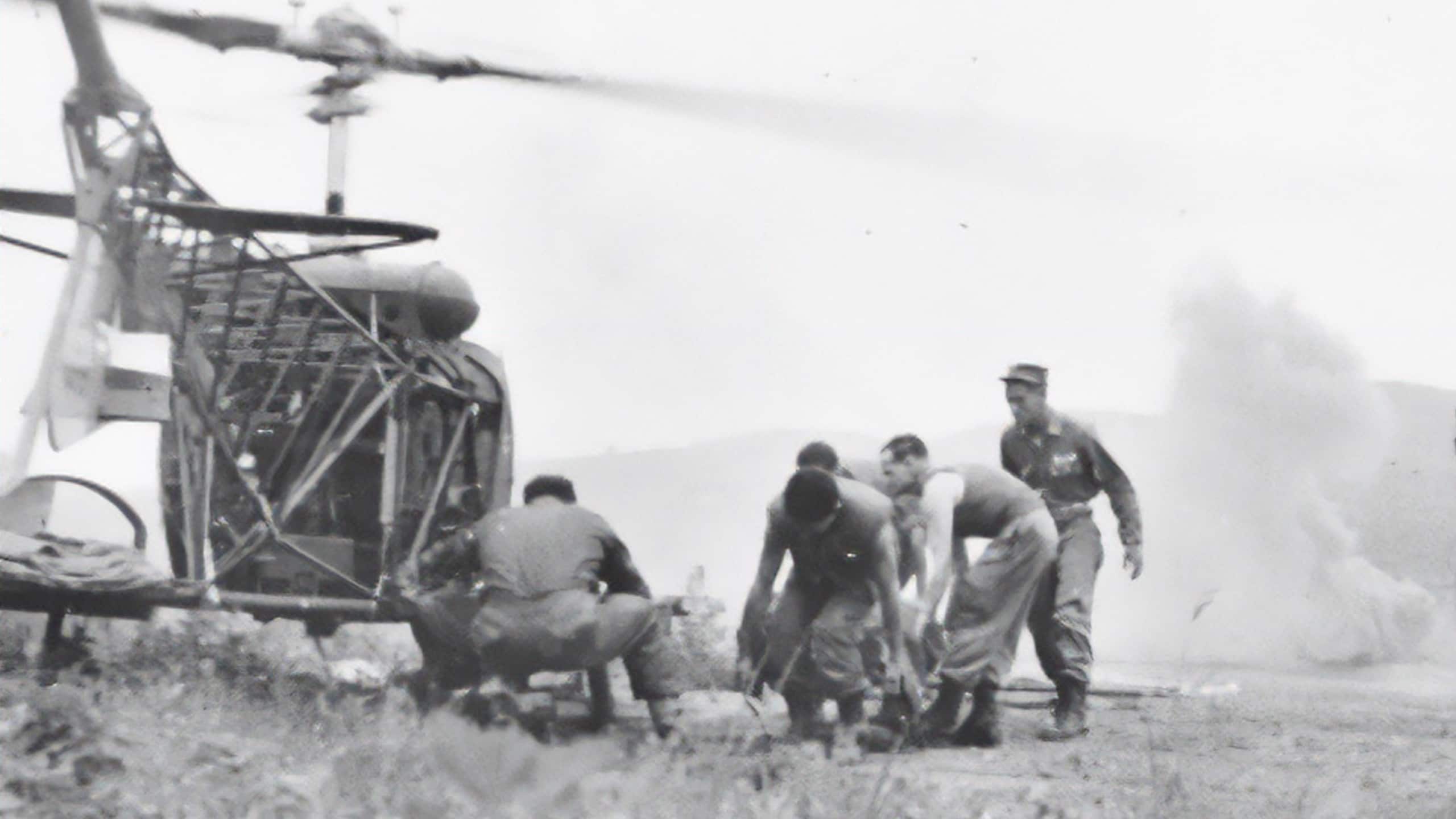


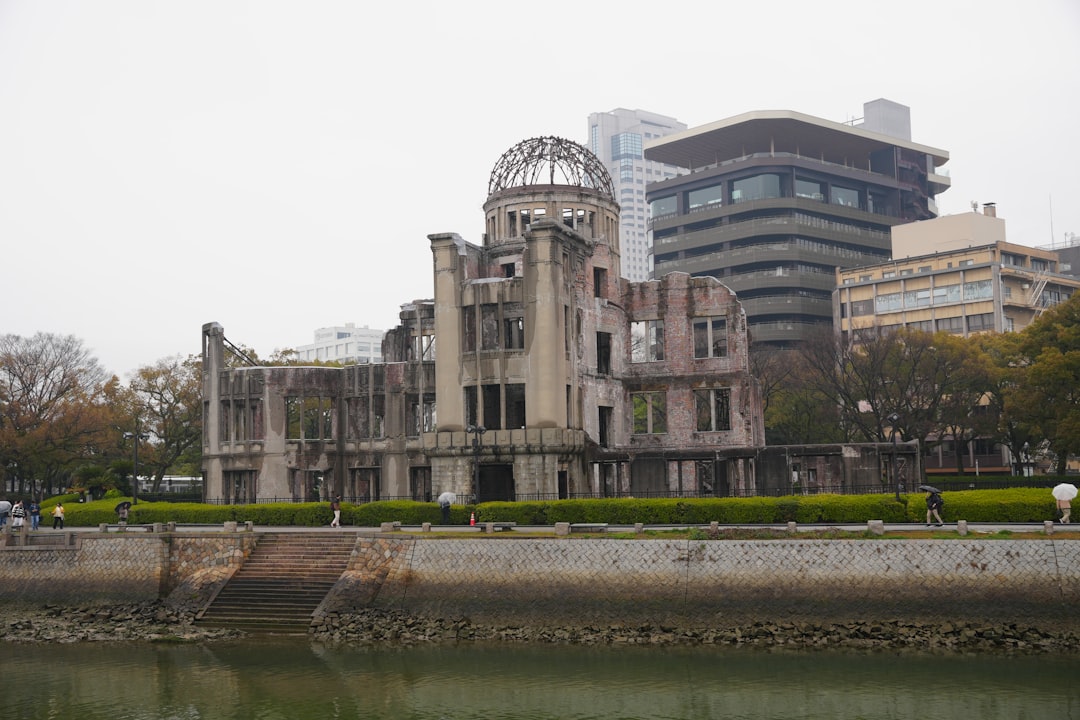



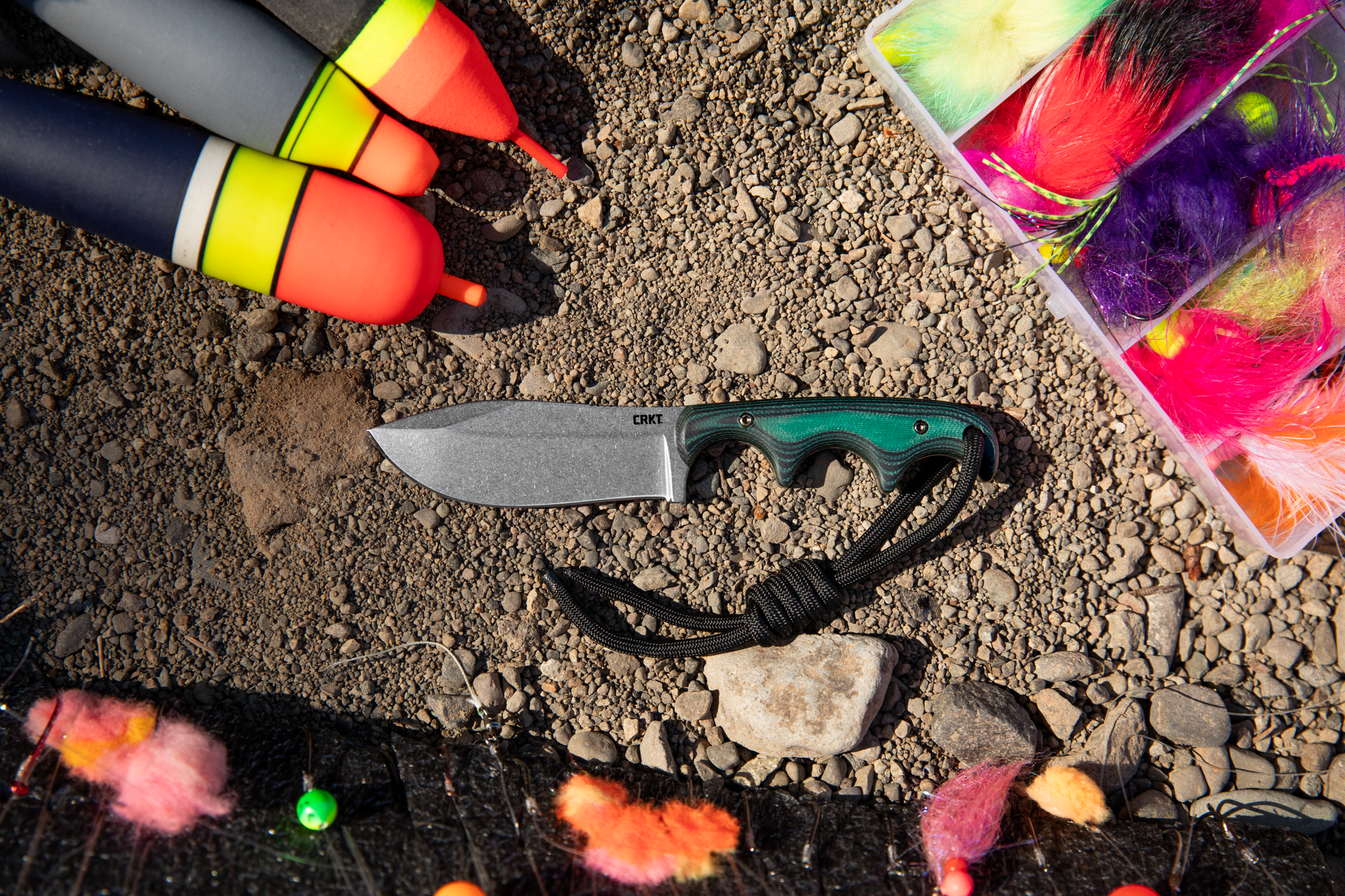



Leave a Reply